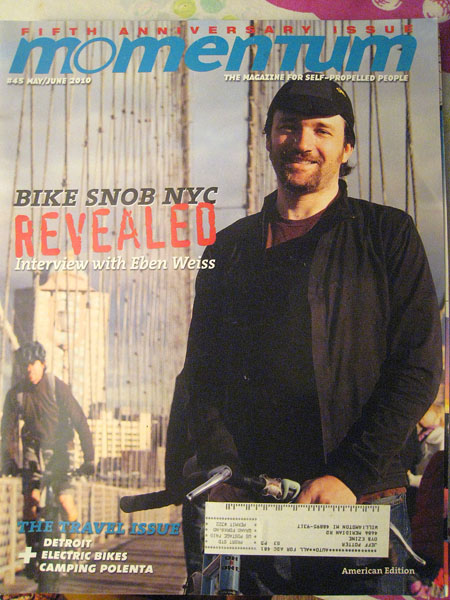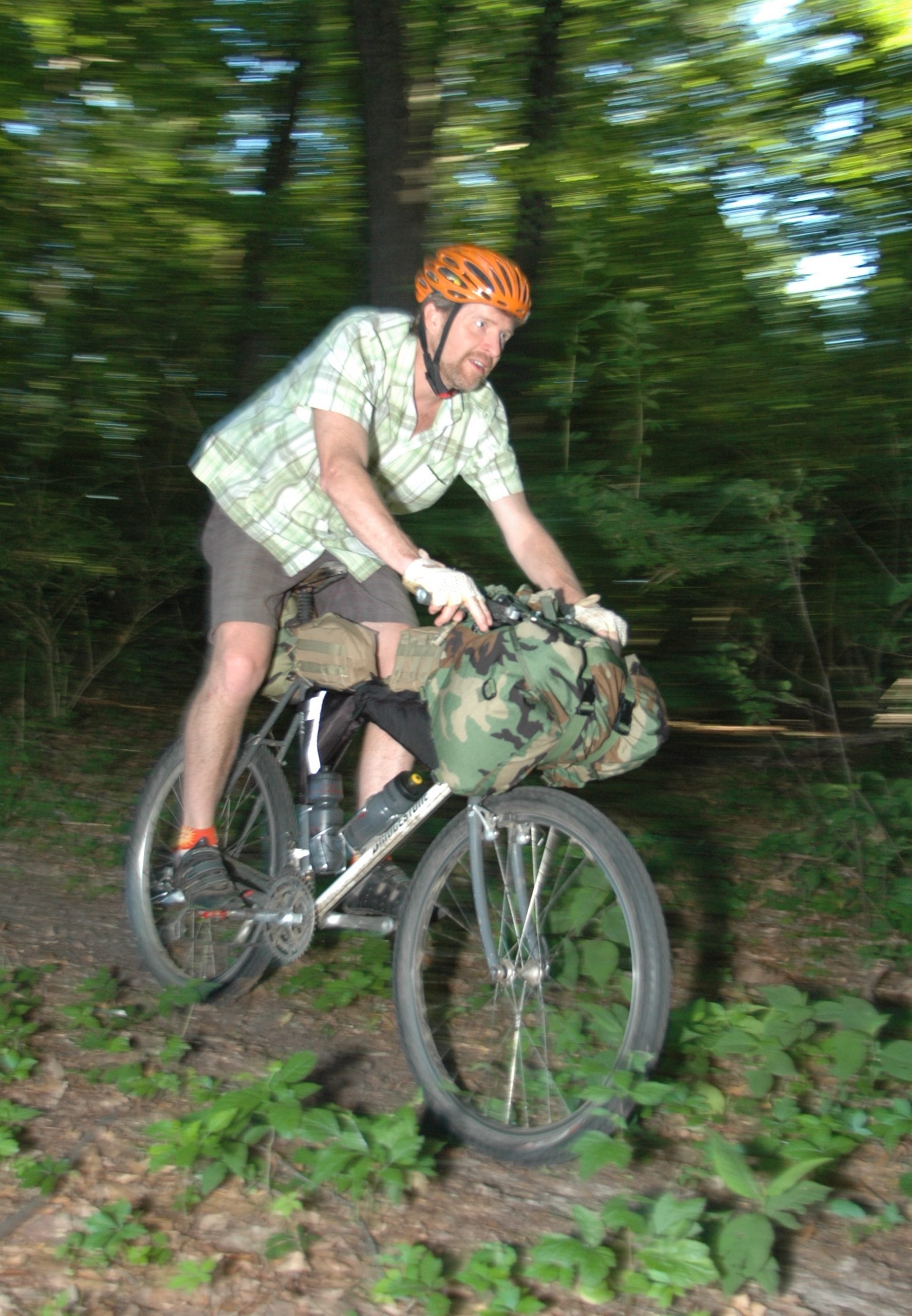Hercules
by Joseph Glydon
(reprinted from the once-glorious, now pilaged and dead “California Bicyclist”)
It cost $2.98, plus tax, in September, 1993. I bought it for the nice old cast steel brake levers.
When I got it home, I realized that, except for a flat rear tire, the bike was intact and could still do everything it was capable of doing the day it left the factory in Birmingham, England. Casual inspection indicated that I had chanced upon a specimen too indicative to deface just so some benighted ten-speed could be relieved of its dreaded drop bars.
It was a Hercules, an “English Racer”, now defined by our affluence as three dollars worth of junk. During the fifties, the three-speed “English Racer” was the pinnacle of sporting boyhood transportation. The “ten-speed” racing bicycle had not yet made its way into the mass-market venue. Euronames like Gitane, Mafac, and Campagnolo were only known to and pronounceable by urban sophisticates who drank wine, smoked “reefers”, and had different sexual preferences than Yogi Bera. Dunelt, Rudge, Hercules, and of course Raleigh, were good middle class rides during the golden age of suburbia. They were solid, comprehensible and accessible like MGs and Triumphs rather than effete, decadent, and inscrutable like Citroens and Ferraris.
More remarkable than the ancestry of the bike was its condition. It was worn in a way that I had never before seen a bicycle worn. As far as I could tell, with the exception of the tires and handgrips, everything was original and thoroughly used. The once-white cable housings all shared the longitudinal ridging that I’d forgotten about during these more recent years of smooth sheathing. The little chain that descends into the Sturmey-Archer AW hub from the end of the shift cable was slightly hammered and thinned from use. The rubber blocks of the John Bull pedals were tapered like candles from years of contact with a freeway mile’s worth of long lost shoes.
Reading the history written in the metal revealed that the longevity of this bicycle was not the result of careful and conscientious maintenance. When a whitworth nut could not be found for the crank arm clevis pin, the threaded section was pounded over with a claw (no doubt) hammer. Real baling wire was employed to hold the cables to the frame tubes. A good quarter of the spokes were neglected to the point that they played no note nor role whatsoever in wheel structure. The rims showed significant denting and runout. The pedal axles were bent. The headset demonstrated why indexed steering never caught on. For a]l of this, Hercules still makes its way around town just fine.
The paint that was baked onto the frame perhaps thirty-five years ago has traded its Lexus-like sheen for the patina of a veteran Weber barbecue. Brass brazing highlights show through at the lug joints. The decals have weathered into illegible ghosts. Some fragments of decorative tape still cling to the seat tube. Thick, bluish chrome, characteristic of the bike’s native time and place, is remarkably unblemished.
It is no miracle that bikes like this survive, but the conditions under which this particular example gave good service and endured the passing years provoke wonder. Given love, fresh parts, and attention, just about any machine can be kept in service indefinitely. The price is human time and energy. Given abuse and neglect, things just cease to function and eventually disappear into landfill. The Hercules was ridden more miles than I care to imagine with scant gestures of affirming mechanical affection and even fewer gifts of replacement parts. The left crankarm is its odometer. There was once a kickstand which the crank touched with each revolution. Over the years, the end of the crankarm has been gently hammered and rounded to the point that the metal of it and pedal axle have become indistinguishable from the back side. Only a sculpted blending of steel, as smoothly beveled as Campy jewelry, can now be seen.
Due to a pervasive obsession with light weight, the modern quality bicycle is engineered closer to optimum (that is, the brink of structural failure) than any other consumer item of similar consequence. Today’s bicycles are not built to survive unforeseen circumstances like potholes and professional movers. The Hercules was and did. Forty stout spokes lace up a rear wheel that shows the scars of thousands of milcs and scores of unseen hazards. Impacts which would have pretzeled a handbuilt wheel are hardly noted on the rim’s diary of assaults. The Hercules was designed to cope with the sort of uncertainties that a long life on the road might bring, and it was built to prevail.
It seems to me that the most noble of products are those that give service for years and ask little fussing in return stoic things that arc up to the challenges of reality. Life is too short to be squandered addressing the frailties of under-engineered possessions which are more parasitic than they are life enhancing. Fragile prima donna bicycles can be questionable assets.
Riding my gimp-gaited Hercules is a pleasure, both current and nostalgic. It has a charmingly warped ruggedness and relentless momentum that are missing in more fashionable bicycles. It goes about the business of being a bicycle with a confidence and resolve that my younger machines haven’t yet achieved. As I ride, the cast steel brake levers which attracted me to the bike in the first place produce a unique wooden rattling, flooding the roads with memories.



